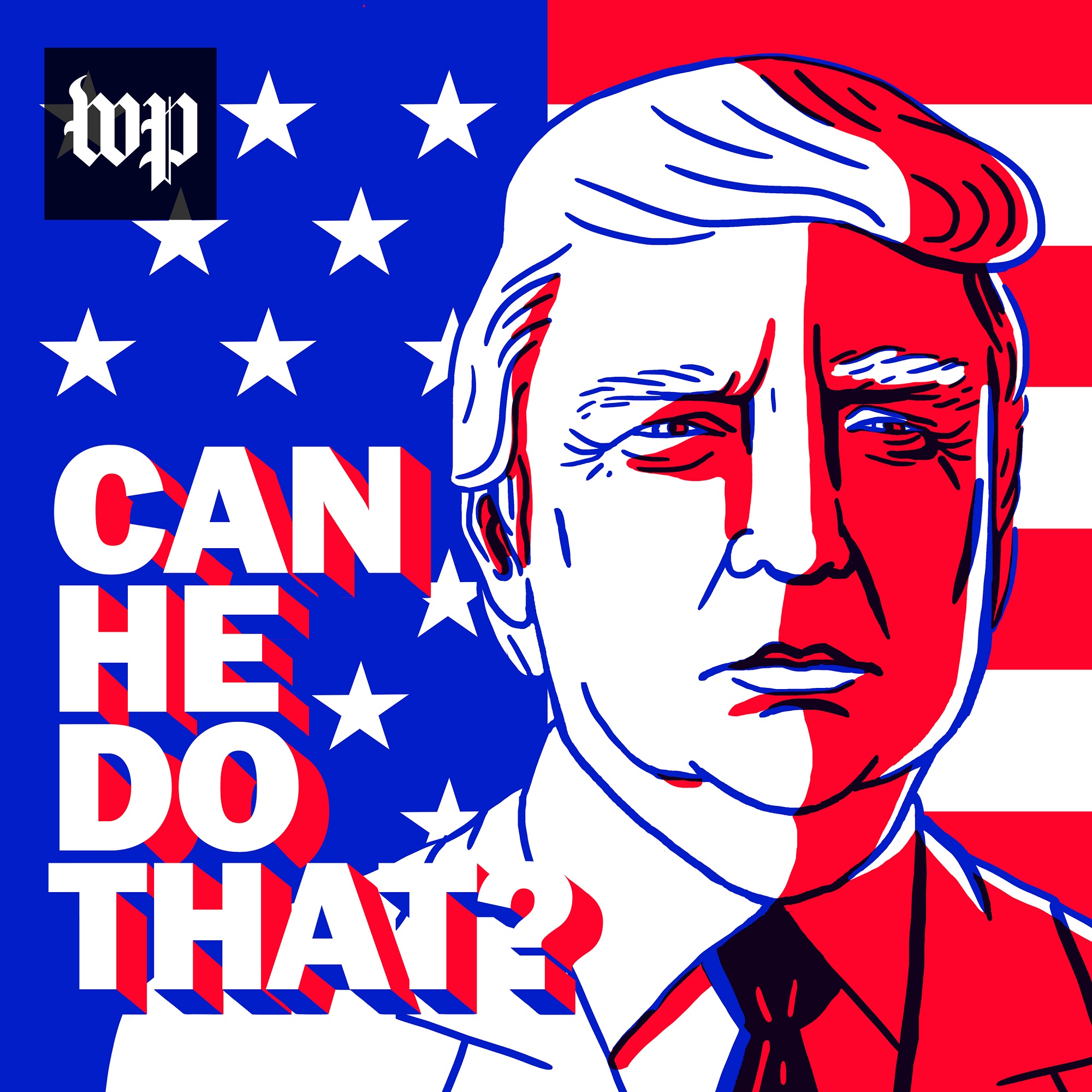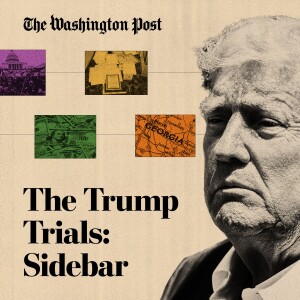
The U.S. stumbled at the start of the coronavirus outbreak. Can we make up for lost time?
 2020-03-12
2020-03-12
Download
Right click and do "save link as"
The World Health Organization has declared the novel coronavirus outbreak a global pandemic. The virus has spread in the United States, with new cases reported daily, deaths totaling more than three dozen, and an expanding list of large-scale cancellations, including the NBA, the NCAA tournaments and Broadway shows.
In response, the Trump administration has taken various steps to limit the spread of the virus and to help a suffering economy.
But those steps haven’t always gone so well. The administration was initially slow to take the virus seriously: The U.S. had an inadequate number of tests available; at times, messages out of the White House conflicted with experts and the Centers for Disease Control and Prevention; and there’s been a lack of centralized guidance around social distancing and other potential public health measures that could help contain the virus.
In light of some of these issues, President Trump addressed the nation from the Oval Office on Wednesday night. The president signaled the seriousness of this growing crisis and proposed new ways to curb it — among them a 30-day ban on flights from most of Europe.
And yet despite this speech, many questions still surround the administration’s handling of this public health crisis. Why has testing for the virus gone so poorly in the U.S.? Will the president’s travel restrictions work to slow the spread of the virus? And what other solutions or measures could be taken that we haven’t seen action on yet?
On this episode of the “Can He Do That?” podcast, The Post’s health policy reporter Yasmeen Abutaleb covers some of the problems with the administration’s response so far and some of the measures we may see in the coming weeks.
Related episodes:
Does the president have much power to control a viral outbreak?Coronavirus is sparing children. No one knows why. More Episodes
Immunity
 2024-07-01
2024-07-01
 2024-07-01
2024-07-01
The age-old debate
 2024-06-28
2024-06-28
 2024-06-28
2024-06-28
The calm before the storm
 2024-06-20
2024-06-20
 2024-06-20
2024-06-20
The Capitol Hill Club
 2024-06-13
2024-06-13
 2024-06-13
2024-06-13
Fallout
 2024-06-06
2024-06-06
 2024-06-06
2024-06-06
Guilty
 2024-05-31
2024-05-31
 2024-05-31
2024-05-31
Jury's out
 2024-05-30
2024-05-30
 2024-05-30
2024-05-30
Verdict incoming
 2024-05-23
2024-05-23
 2024-05-23
2024-05-23
Take a Friend to Court Day
 2024-05-16
2024-05-16
 2024-05-16
2024-05-16
Special episode: The Fixer
 2024-05-13
2024-05-13
 2024-05-13
2024-05-13
Stormy and the bookkeepers
 2024-05-09
2024-05-09
 2024-05-09
2024-05-09
Hope on the horizon
 2024-05-02
2024-05-02
 2024-05-02
2024-05-02
Co-conspirator #1
 2024-04-25
2024-04-25
 2024-04-25
2024-04-25
Sleepy Don
 2024-04-18
2024-04-18
 2024-04-18
2024-04-18
No cameras in court
 2024-04-15
2024-04-15
 2024-04-15
2024-04-15
The Trump Trials: Sidebar
 2024-04-15
2024-04-15
 2024-04-15
2024-04-15
Introducing: "The Campaign Moment"
 2024-03-29
2024-03-29
 2024-03-29
2024-03-29
Introducing, "Impromptu"
 2024-03-07
2024-03-07
 2024-03-07
2024-03-07
Try This: Stop trying to fall asleep
 2023-12-11
2023-12-11
 2023-12-11
2023-12-11
012345678910111213141516171819
Create your
podcast in
minutes
- Full-featured podcast site
- Unlimited storage and bandwidth
- Comprehensive podcast stats
- Distribute to Apple Podcasts, Spotify, and more
- Make money with your podcast
It is Free
- Privacy Policy
- Cookie Policy
- Terms of Use
- Consent Preferences
- Copyright © 2015-2024 Podbean.com



